| Model: | MOS141625-93-6 |
| Place of Origin: | Shandong,China (Mainland) |
| Molecular Formula: | C31H44N2O5S.HCl |
| Molecular Weight: | 593.224 |
| Specification: | CP/USP/EP |
| Appearance: | White or off-white powder |
| Vapour pressure: | 1.47E-18mmHg at 25°C |
| Flashing point: | 367.4°C |
| Boiling point: | 683.9°C at 760 mmHg |
- Have any questions?
- +86-189 8930 5995
- sales@mosinterchem.com.cn
Dronedarone Hydrochloride CAS 141625-93-6

Felodipine CAS 86189-69-7
05/12/2018
Azilsartan CAS 147403-03-0
05/12/2018Dronedarone Hydrochloride (CAS: 141625-93-6)
| Item | Index |
| Molecular Formula | C31H44N2O5S.HCl |
| Molecular Weight | 593.224 |
| Specification | CP/USP/EP |
| Appearance | White or off-white powder |
Basic Information
Dronedarone is a drug by Sanofi-Aventis, mainly for the indication of cardiac arrhythmias. It was approved by the FDA on July 2, 2009. It was recommended as an alternative to amiodarone for the treatment of atrial fibrillation and atrial flutterin people whose hearts have either returned to normal rhythm or who undergo drug therapy or electric shock treatment i.e. direct current cardioversion(DCCV) to maintain normal rhythm. In the United States, the FDA approved label includes a claim for reducing hospitalization, but not for reducing mortality, as a reduction in mortality was not demonstrated in the clinical development program. A trial of the drug in heart failure was stopped as an interim analysis showed a possible increase in heart failure deaths, in patients with moderate to severe CHF.
The U.S. label for dronedarone includes a black box warning, stating that dronedarone is contraindicated in patients with NYHA Class IV heart failure, with NYHA Class II–III heart failure with a recent decompensation requiring hospitalization or referral to a specialized heart failure clinic, or with permanent atrial fibrillation.” Dronedarone is also associated with rare case of severe liver damage, including liver failure.
Mechanism of action
Dronedarone has been termed a “multichannel blocker” however it is unclear which channel(s) play a pivotal role in its success. Thus, dronedarone’s actions at the cellular level are controversial with most studies suggesting an inhibition in multiple inward potassium currents including rapid delayed rectifier, slow delayed rectifier and ACh-activated inward rectifier.[7] It is also believed to reduce inward rapid Na current and L-type Ca channels. The reduction in K current in some studies was shown to be due to the inhibition of K-ACh channel or associated GTP-binding proteins. Reduction of K+ current by 69% led to increased AP duration and increased effective refractory periods, thus shown to suppress pacemaker potential of the SA node and return patients to a normal heart rhythm. In a European trial, the average time to recurrence of an arrhythmia was 41 days in the placebo group vs. 96 days in the dronedarone group (similar results obtained in the non-European trial, 59 and 158 days respectively).
Pharmacokinetics
Dronedarone is less lipophilic than amiodarone, has a much smaller volume of distribution, and has an elimination half-life of 13–19 hours—this stands in contrast to amiodarone’s half-life of several weeks. As a result of these pharmacokinetic characteristics, dronedarone dosing may be less complicated than amiodarone.
Contraindications
1.Permanent AF (patients in whom normal sinus rhythm will not or cannot be restored)
2.Recently decompensated heart failure requiring hospitalization or Class IV heart failure.
3.Second-or third-degree AV block or sick sinus syndrome (except when used in conjunction with a functioning pacemaker)
4.Bradycardia
5.Concomitant use of a strong CYP3A inhibitor
6.Concomitant use of medicine or herbal products that prolong the QT interval and may induce Torsade de Pointes
7.Liver or lung toxicity related to the previous use of amiodarone
8.Severe hepatic impairment
9.QTc Bazett interval ≥500 ms, or use with medicine or herbal supplements that prolong QT interval or increase risk of torsades de points (Class I or III antiarrhythmic agents, phenothiazines, tricyclic antidepressants, certain oral macrolides, ephedra).[citation needed]
10.Pregnancy and nursing mothers
11.Hypersensitivity to dronedarone
12.Hepatic impairment. In Jan 2011 the FDA advised about cases of rare, but severe, liver injury, including two cases of acute liver failure leading to liver transplant in patients treated with dronedarone (Multaq). It is not known whether routine periodic monitoring of serum liver enzymes (ALT, AST, and alkaline phosphatase) and bilirubin in patients taking dronedarone will prevent the development of severe liver injury.
13.PR interval exceeding 280 ms[citation needed]
14.Use of cytochrome P-450 (CYP) 3a isoenzyme inhibitors (includes: clarithromycin, cyclosporine, itraconazole, ketoconazole, nefazodone, ritonavir, telithromycin, voriconazole)
You must be logged in to post a review.

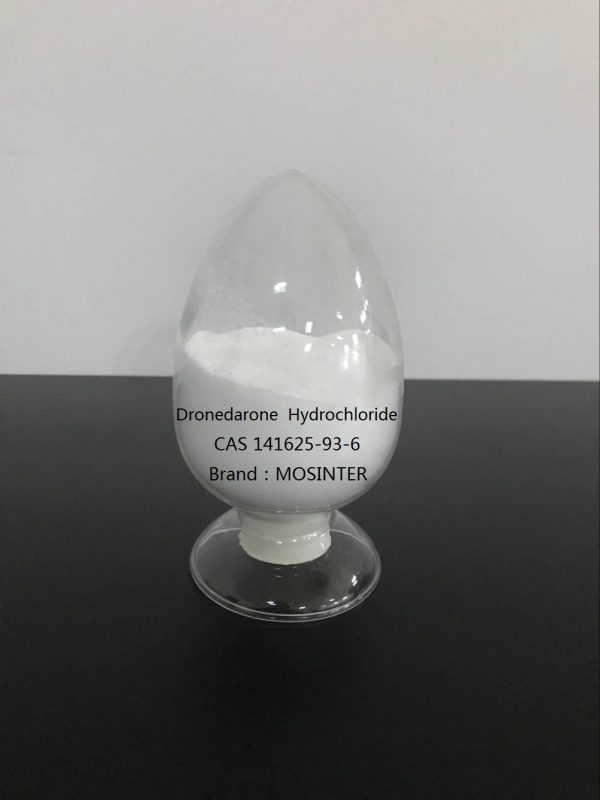
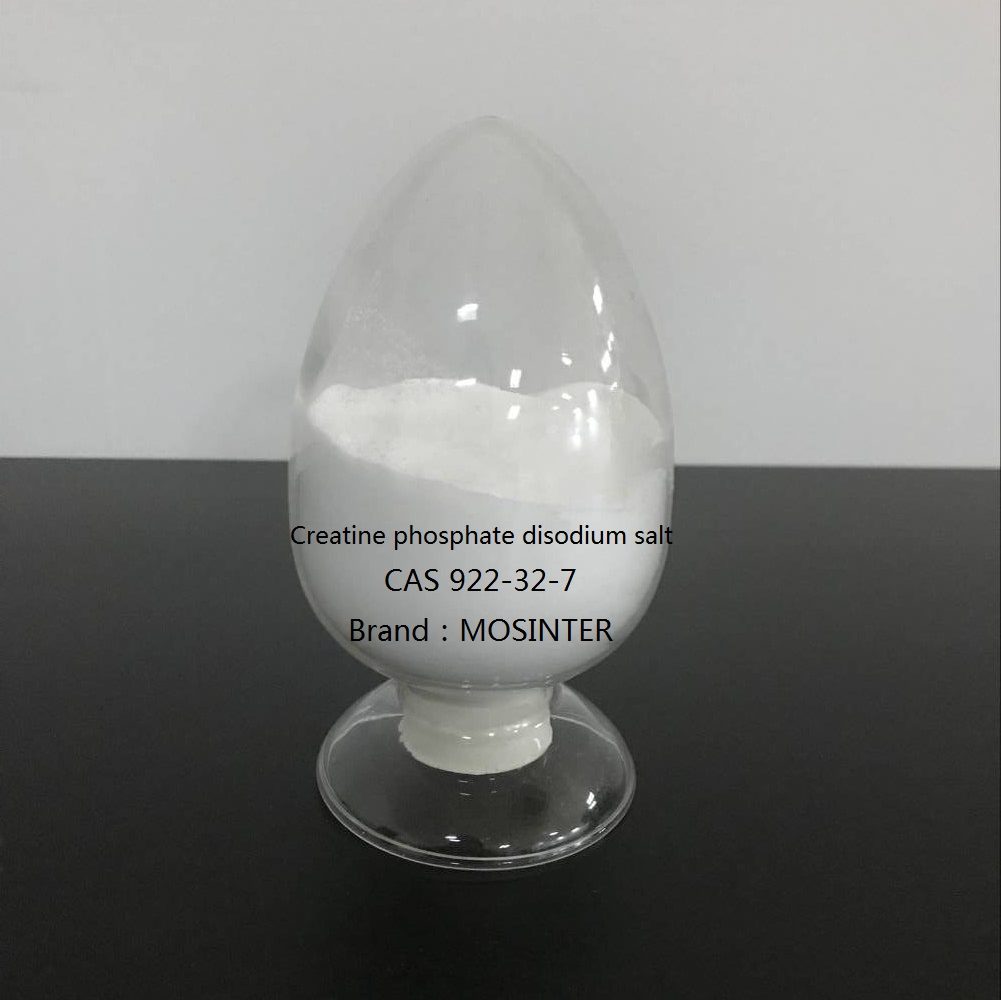
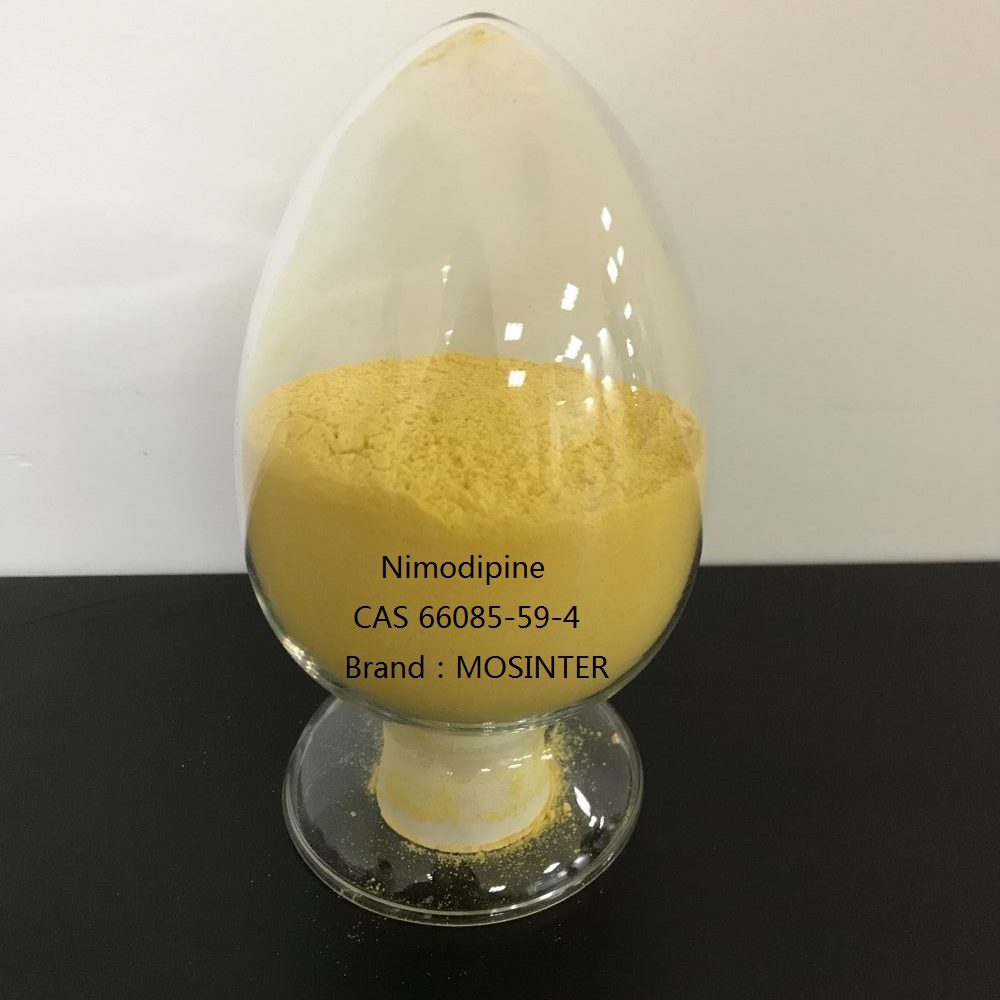
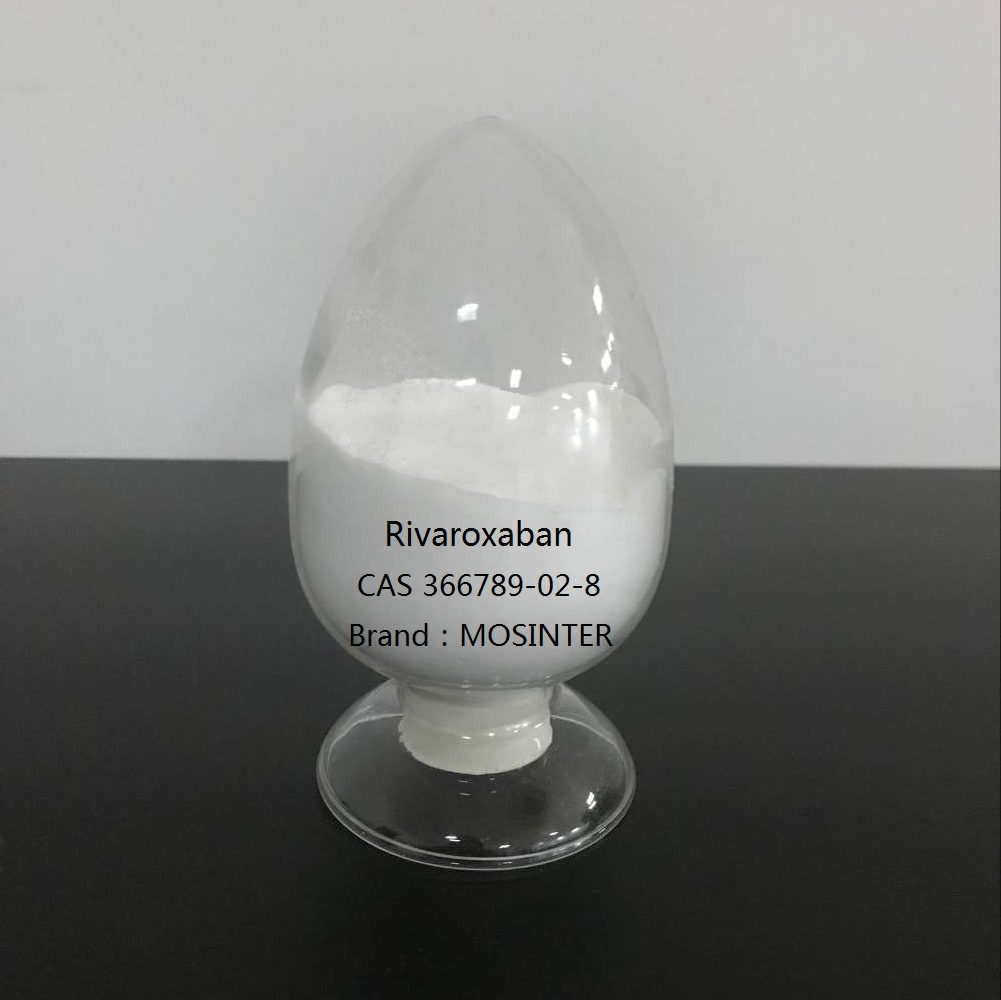
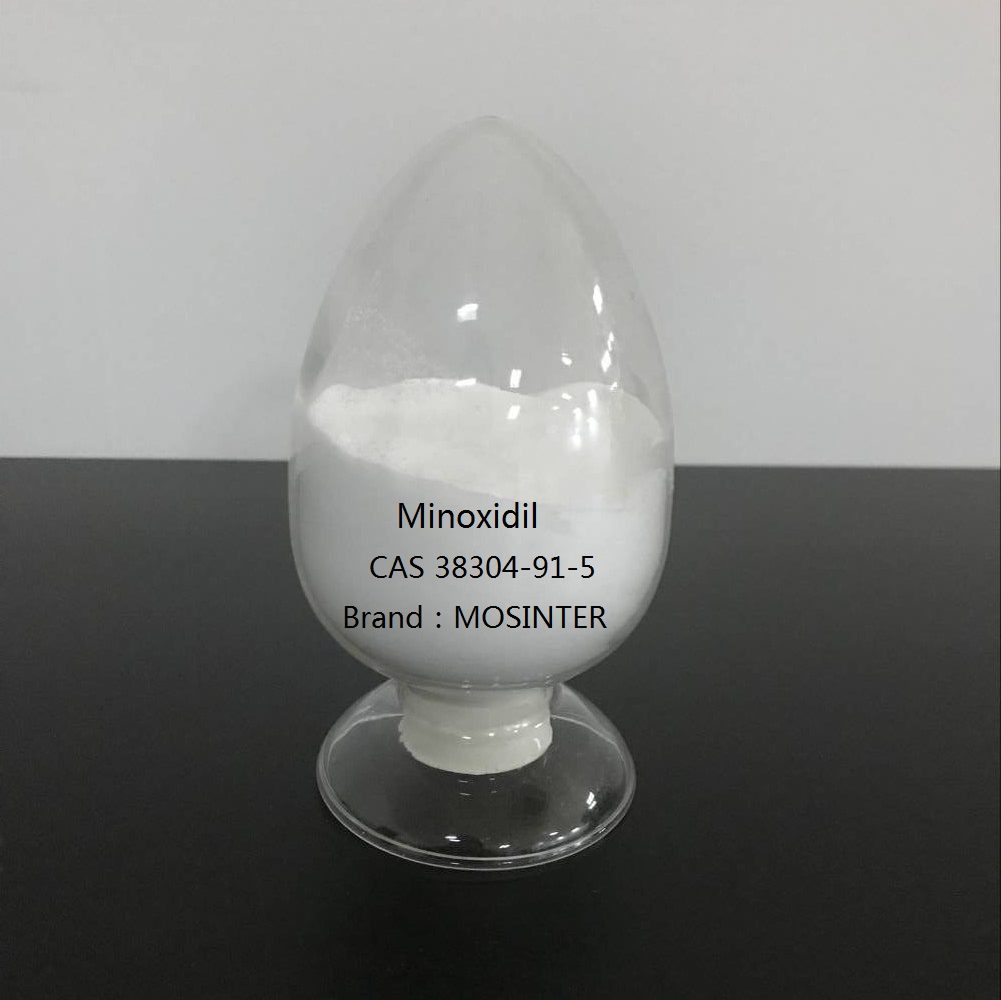
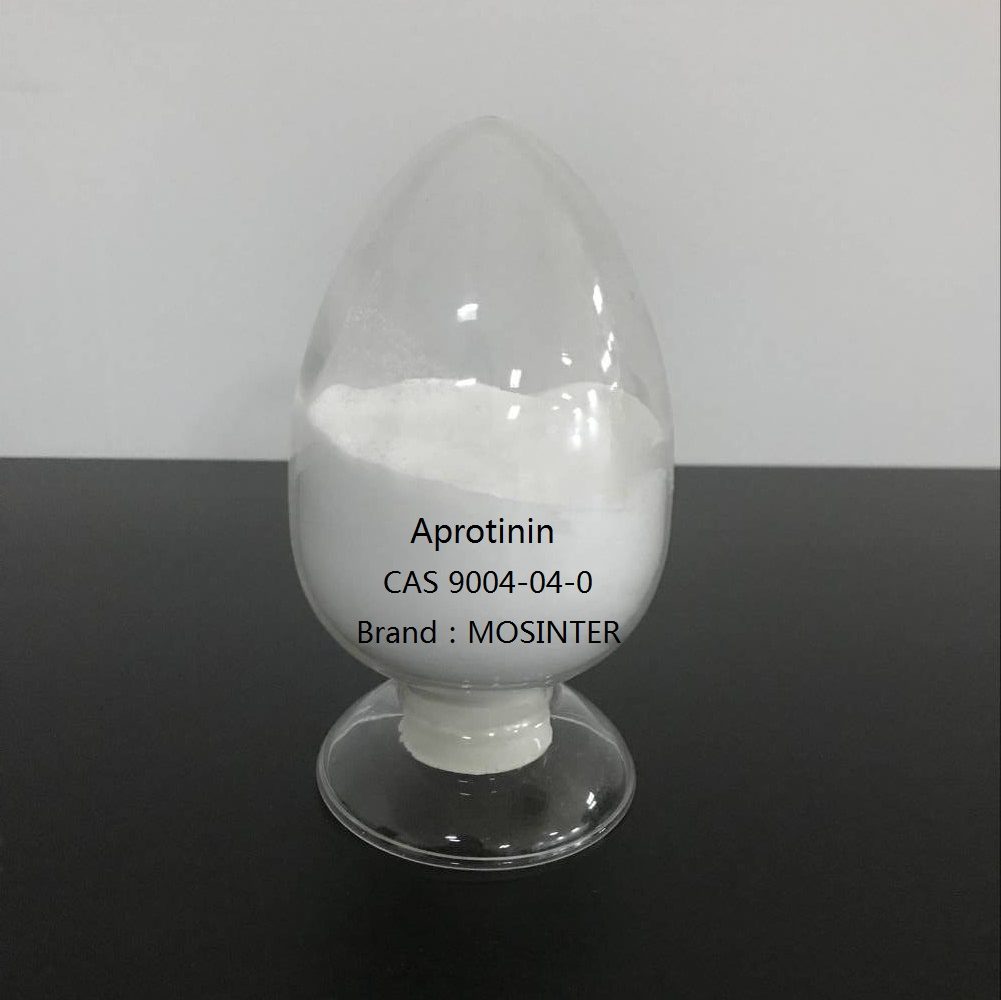
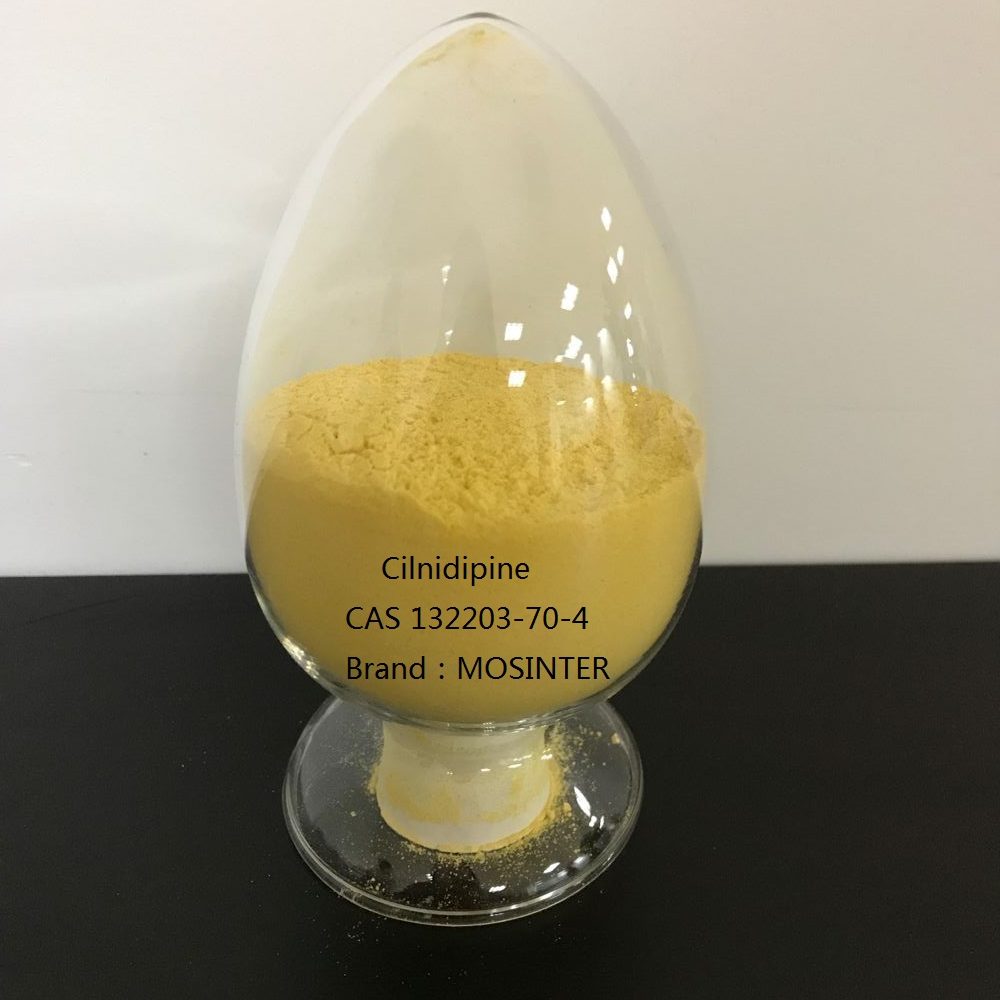
Reviews
There are no reviews yet.